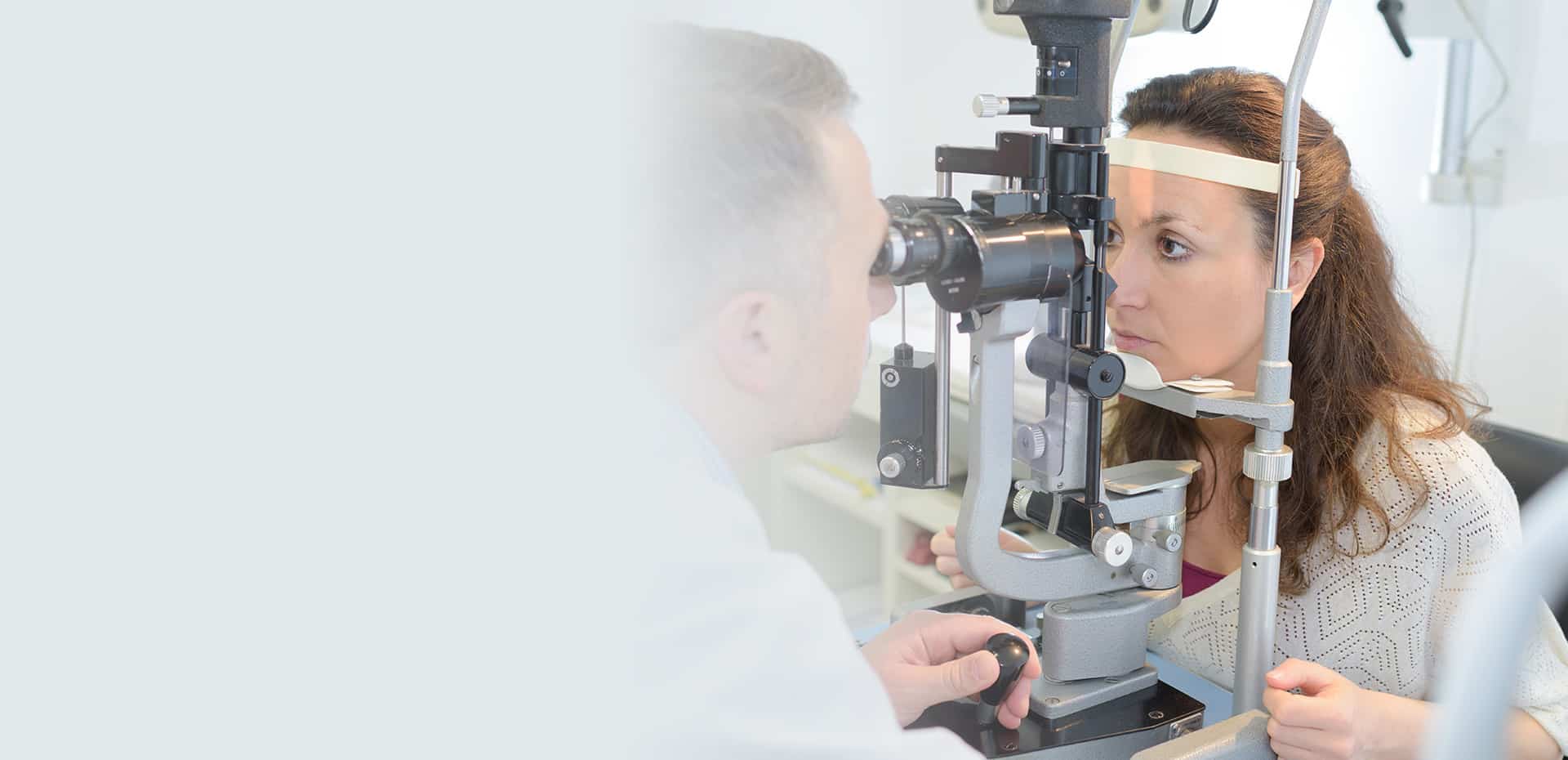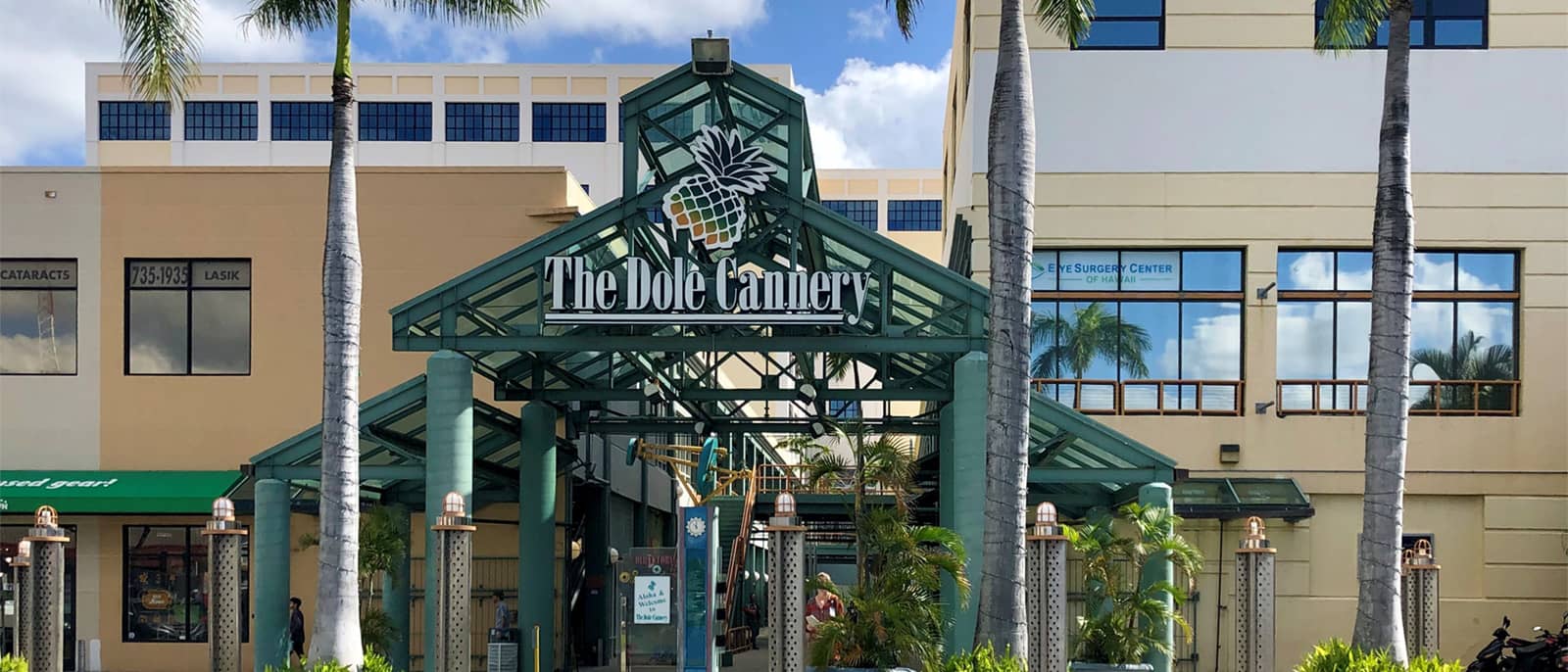The effects of LASIK are considered to be permanent, meaning that the results of the procedure should last a lifetime. However, it’s important to keep in mind that your eyes can still change over time due to aging, hormonal changes, or other factors, which may affect your vision.
In some cases, LASIK may need to be repeated or an enhancement procedure may be necessary to maintain clear vision. This is more likely to occur in patients who had a high prescription or who have experienced significant changes in their vision after the initial LASIK procedure.
EyeSight Hawaii has a program where enhancements are performed at no-cost as long as there is no other medical changes in the eye (ex. Cataracts)
Overall, while the effects of LASIK are considered permanent, it’s important to continue to have regular eye exams to monitor any changes in your vision and discuss with your eye doctor if any further action is needed.

